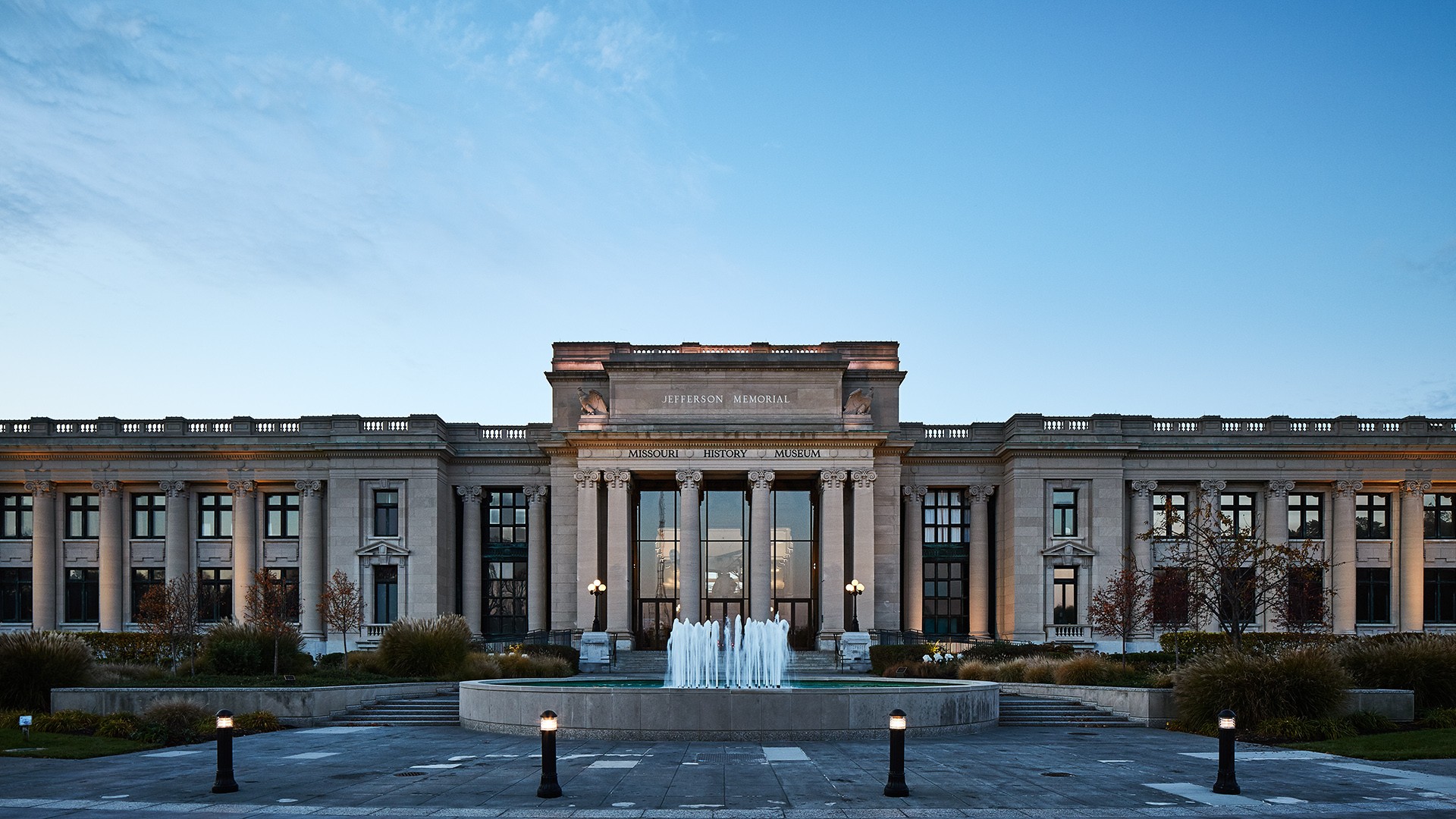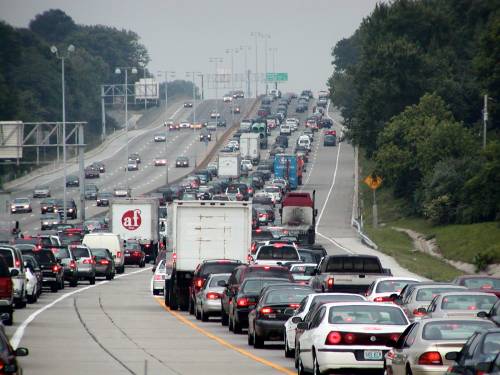As we continue to celebrate the 10th anniversary of the St. Louis Green Business Challenge, the Clean Air Partnership is recognizing some of the great work and innovative initiatives underway, with a particular focus on businesses of all types and sizes that are helping to reduce air pollution in the St. Louis area. This month, we’re shining a spotlight on the Missouri Historical Society for their commitment to preserving the stories of St. Louis while working towards a more sustainable future.
The Missouri Historical Society (MHS) serves as the confluence of historical perspectives and contemporary issues to inspire and engage audiences in the St. Louis region and beyond. MHS operates the Missouri History Museum in St. Louis’ Forest Park, the Library & Research Center, and the Soldiers Memorial Military Museum. The organization assumes responsibility for its role in environmental stewardship and seeks to minimize consumption of energy and materials, treat waste responsibly, and make sustainable practices an integral part of all operations to reduce the organization’s environmental footprint. After all, it is extremely important to preserve the Earth to ensure that the history and culture is around for many generations to come.
Since joining the St. Louis Green Business Challenge in 2011, the Missouri Historical Society has competed annually to improve sustainability performance and deliver financial, social, and environmental results. For three consecutive years beginning in 2014, MHS received an Award of Merit at the Leaders Level. In 2017 and 2018, MHS received the Achievement Award in the Star Circle of Excellence and an Award of Merit at the Champion Level, the highest level of competition.
MHS maintains accountability to the environment and the community by partnering with local, sustainable vendors; acting as an advocate; volunteering to help other cultural institutions become more sustainable; and taking major steps toward lowering energy use. Specifically, the Missouri Historical Society has pledged to achieve a 25 percent reduction in energy consumption by the year 2020 as part of the US Green Building Council’s Better Buildings Through Benchmarking campaign.
Furthermore, as part of a larger effort to replace old light bulbs with LEDs wherever possible, the Library & Research Center has undergone a complete lighting upgrade that increased energy efficiency and resulted in more than 1,300 light bulbs being recycled. Staff members use natural cleaning products from St. Louis–based company Better Life to keep the History Clubhouse sanitized and maintain a spotless environment throughout MHS exhibits, offices and breakrooms. Through its partnership with earthday365 for the popular Twilight Tuesdays concert series, MHS also provides composting and recycling containers to reduce waste and encourage recycling.
For more information on the link between sustainability and air quality, explore our website, like us on Facebook or follow us on Twitter at @gatewaycleanair. To learn more about the ongoing sustainable efforts by the Missouri Historical Society and how your company can get involved in the St. Louis Green Business Challenge, visit http://stlouisgreenchallenge.com/.




